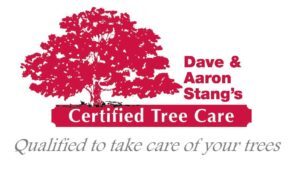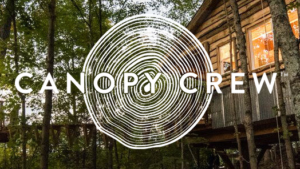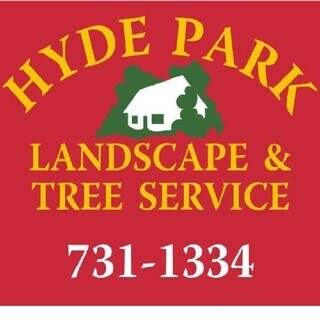Pruning
Pruning can enhance the beauty and protect the health of landscape trees and shrubs. While improper pruning can ruin or greatly reduce its landscape appeal. In most cases, it is better not to prune than to do it incorrectly. By using improper pruning methods healthy trees and shrubs are often weakened or deformed. Let the professionals at Arbor Doctor help you properly maintain your landscape trees and shrubs.
There are several valid reasons to prune trees and shrubs, including the following:
- Pruning for tree health – Pruning for health reasons involves removing diseased or insect-infested wood, thinning the crown to increase airflow which will reduce some pest problems, and removing crossing and rubbing branches. Pruning can best be used to encourage trees to develop a strong structure and reduce the likelihood of damage during severe weather. Removing broken or damaged limbs encourage wound closure.
- Pruning for landscape aesthetics – Pruning for aesthetic reasons can enhance the natural form and character of trees and stimulates flower production. Pruning for form can be especially important on open grown trees that do very little self-pruning.
- Pruning for personal safety – Pruning for safety involves removing branches that could fall and cause injury or property damage. Trimming branches that interfere with lines of sight on streets or driveways. Removing branches that grow into utility lines, which also avoids utility pruning by the utility company. Safety pruning can be largely avoided by carefully choosing species that will not grow beyond the space available to them, and have strength and form characteristics that are suited to the site.
- Regenerative pruning – Older trees can become structurally unstable, overextended, or may simply naturally retrench, dying back some. Regenerative pruning, which removes 10-15% of a mature or senescent tree’s canopy, can reduce wind load by 30-50% and greatly improve the stability of an aging or senescent tree. Regenerative cuts are small cuts made at a 4 inch diameter or less to a side branch or branch node. Topping, where large and indiscriminate cuts are made to severely reduce a tree, is not regenerative pruning. Topping is very injurious to a tree. Since regenerative pruning is generally done on larger trees, it is generally carried out by one of Arbor Doctor’s partnering companies.
-
Elder and Historic Tree Care – Elder and historic trees are extremely valuable but they need specialized, ongoing care in order to be maintained properly. Arbor Doctor recommends and provides the following measures for the care of your valuable elder and historic trees:
- Initial then periodic consultations for structural evaluation, overall health assessment, and Tree Risk Assessment (TRAQ).
- Ongoing health care initiatives including soil health and biochar, root health, proper mulching.
- Management of Mature Trees. Structural monitoring and intervention including dead wood removal, retrenchment pruning, structural pruning and tree growth regulators.
*Arbor Doctor performs pruning on landscape size trees and shrubs which can be reached from the ground or with a pole saw. We refer these fine arborists and others to accomplish pruning and removal of larger trees requiring climbing and aerial equipment:




.jpg)
